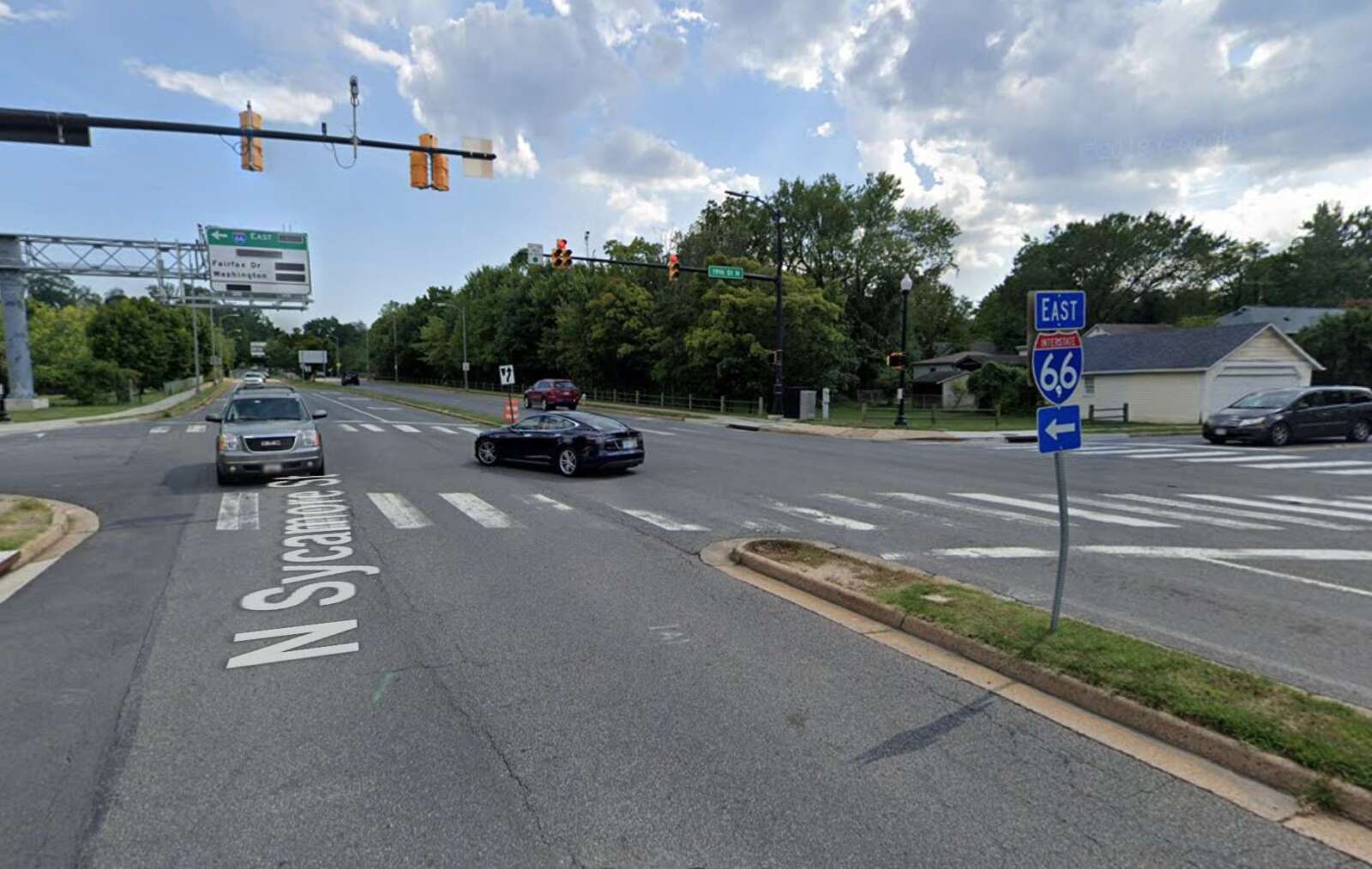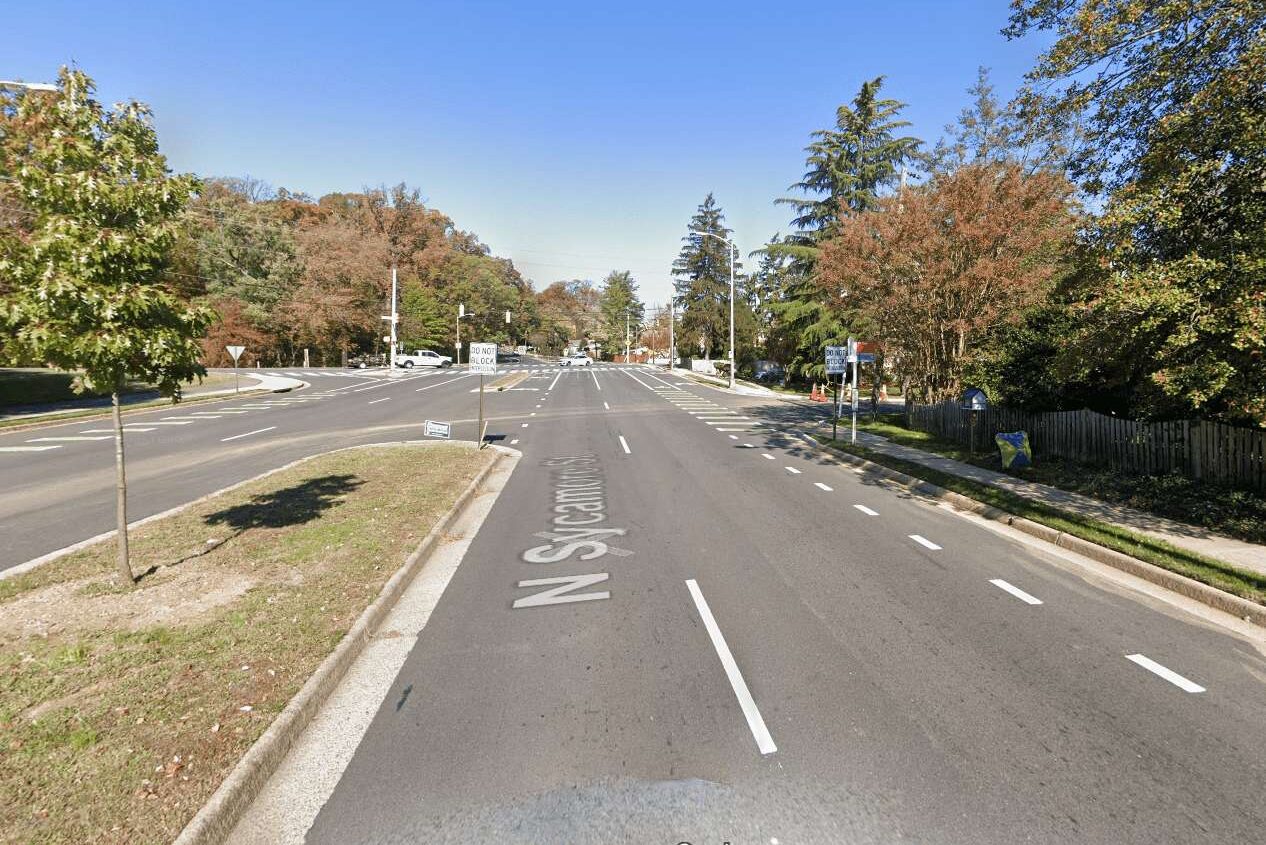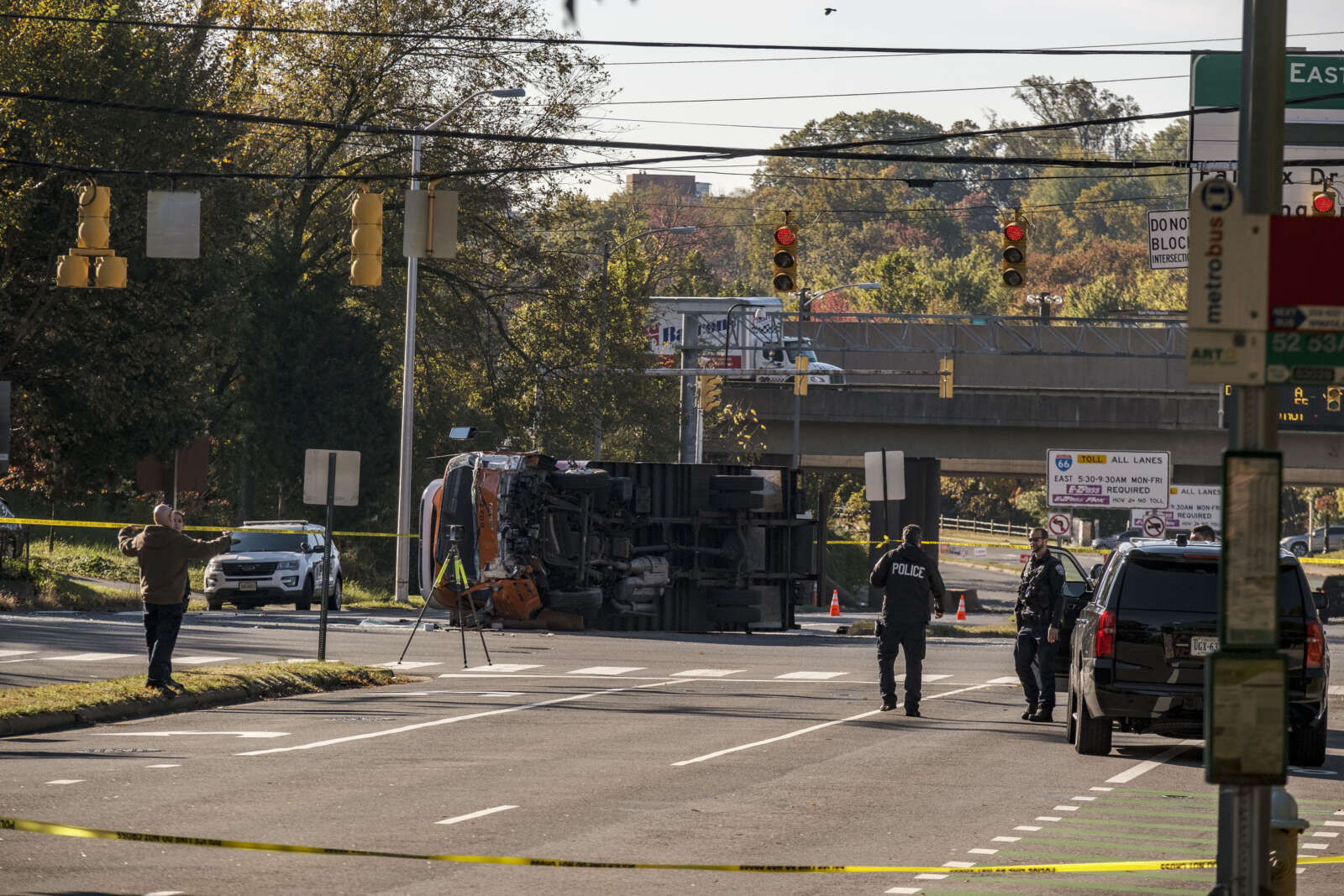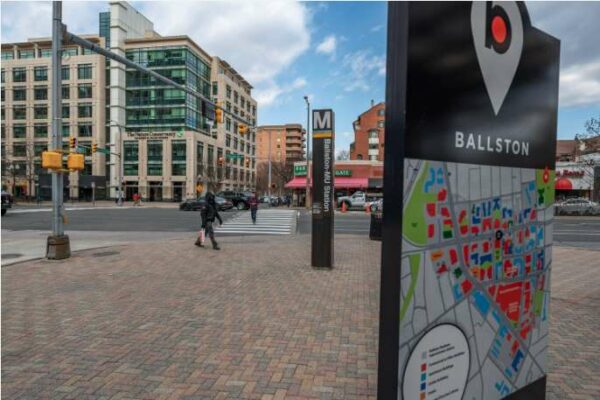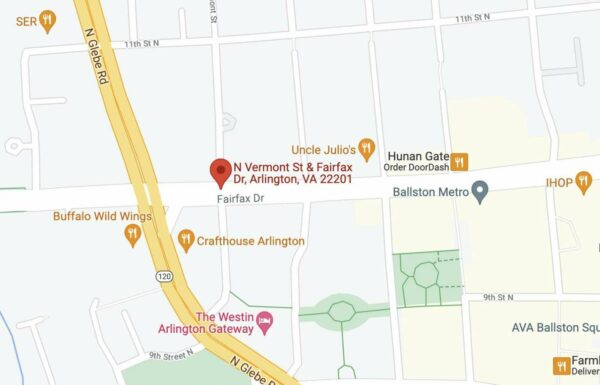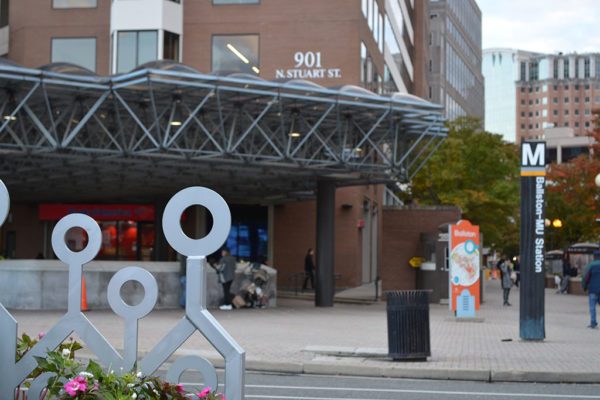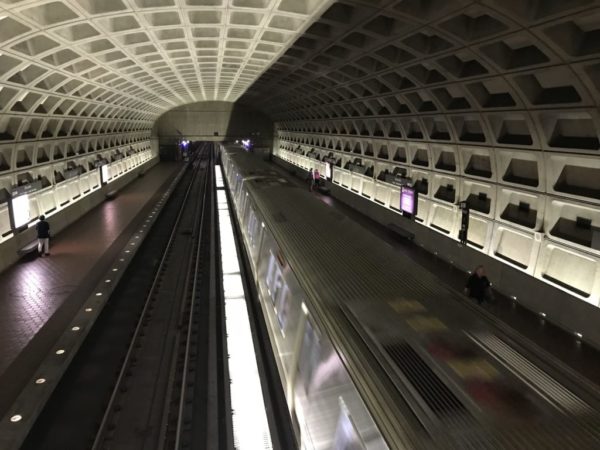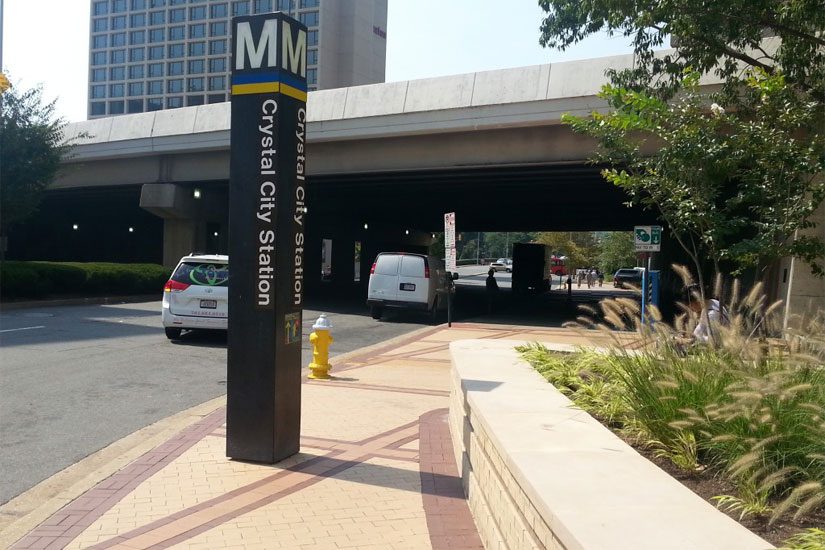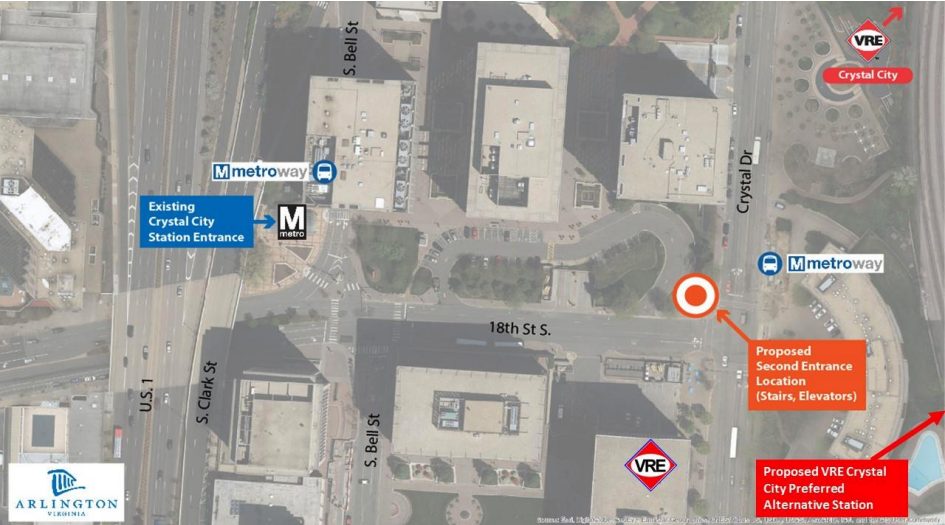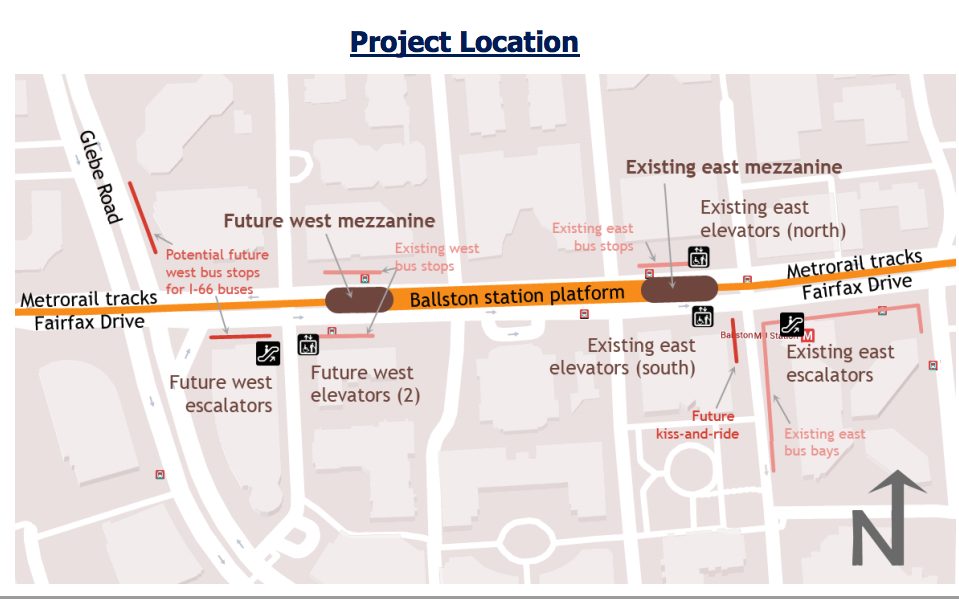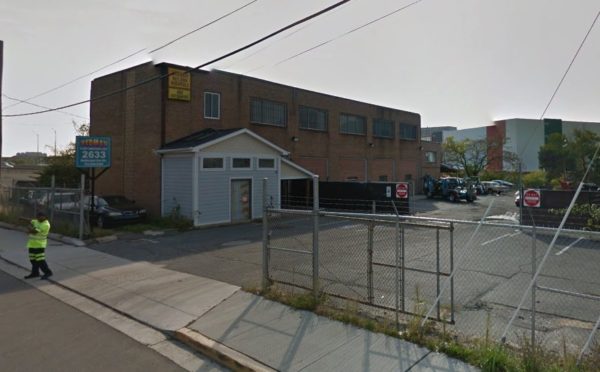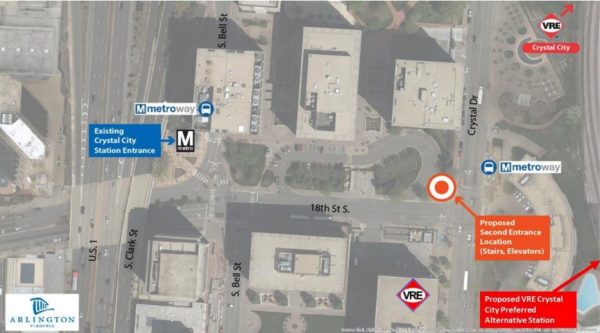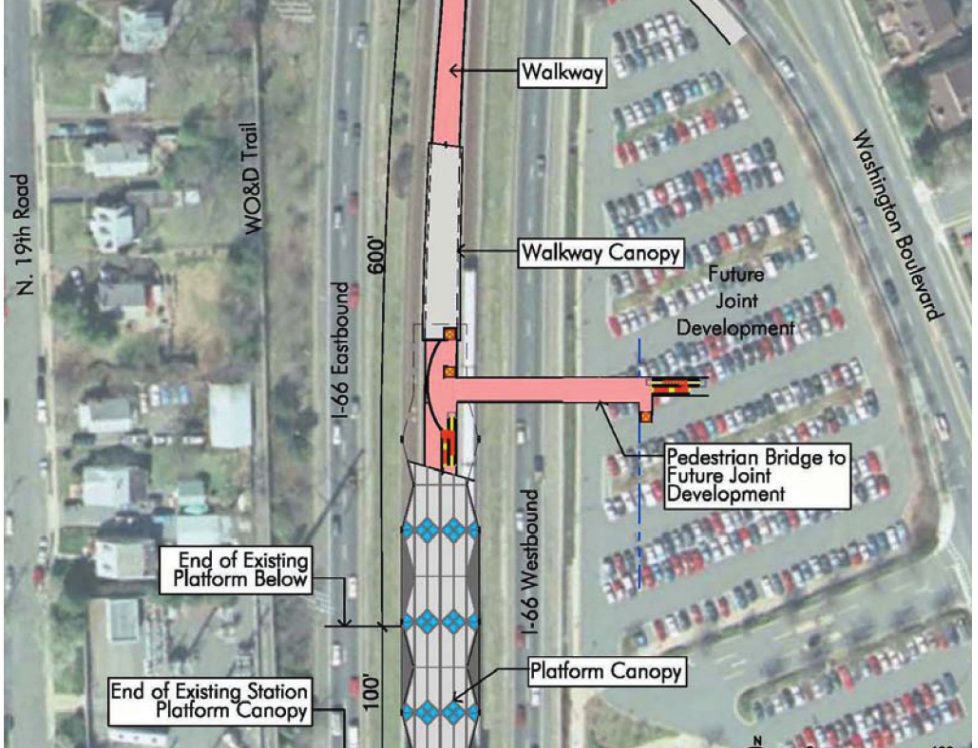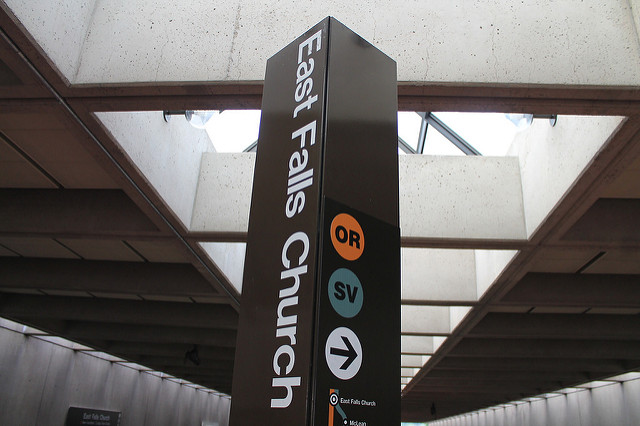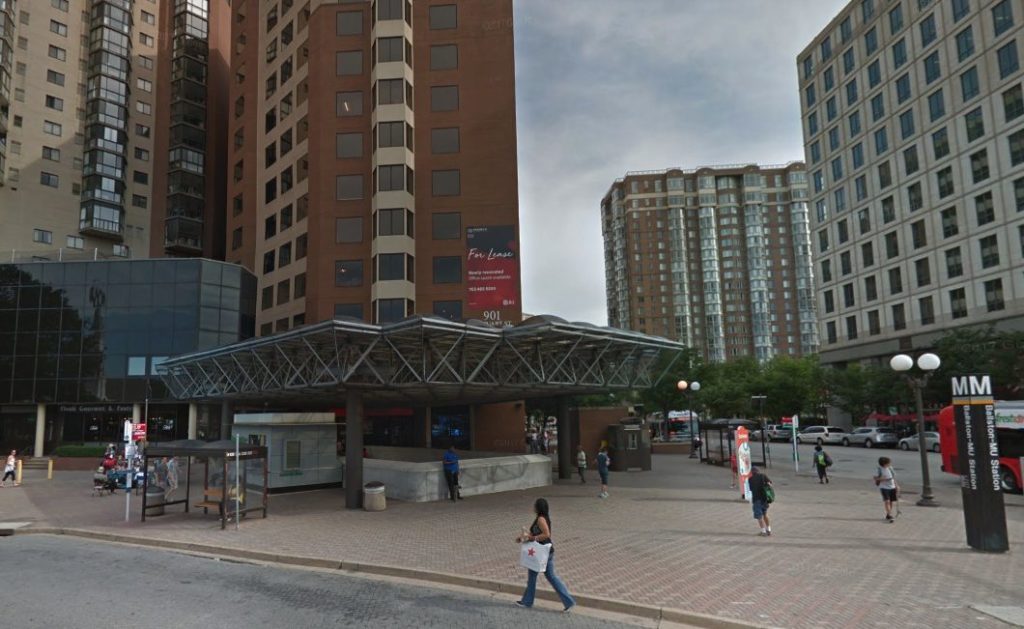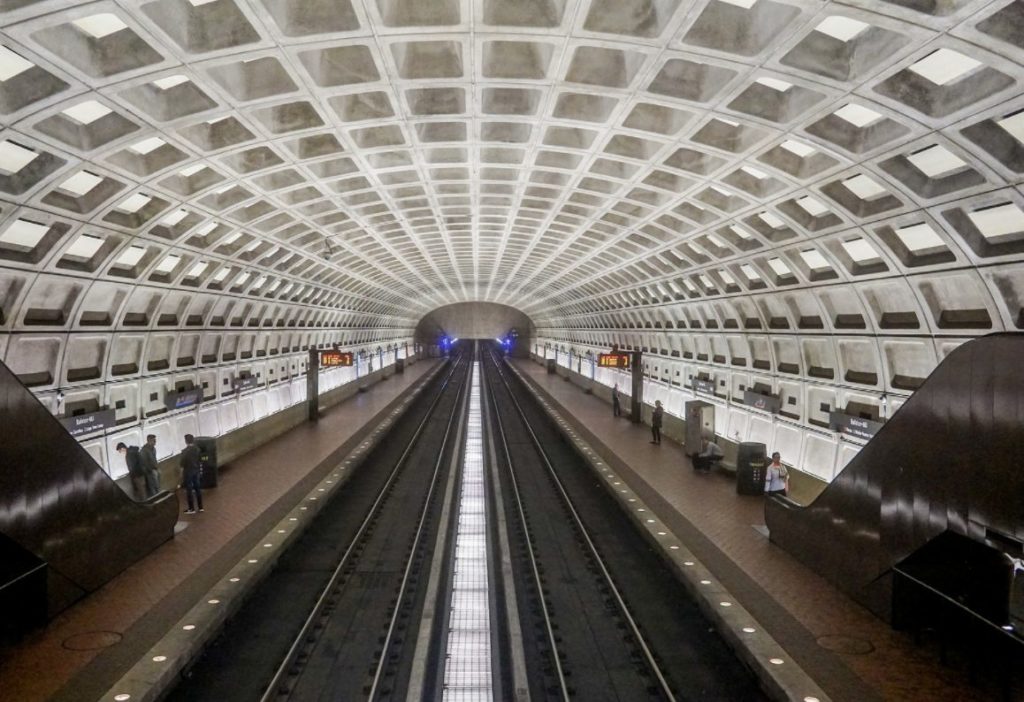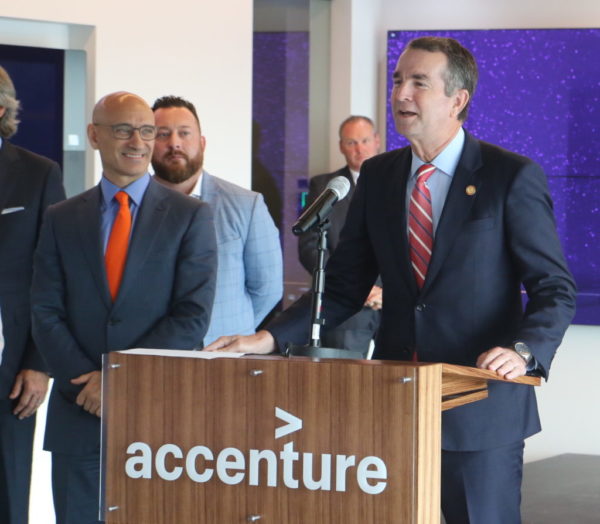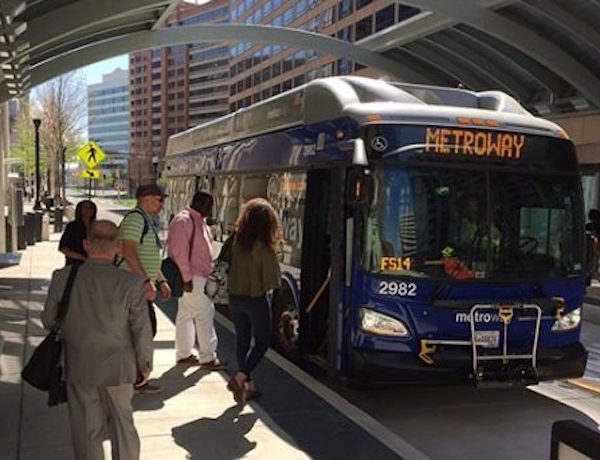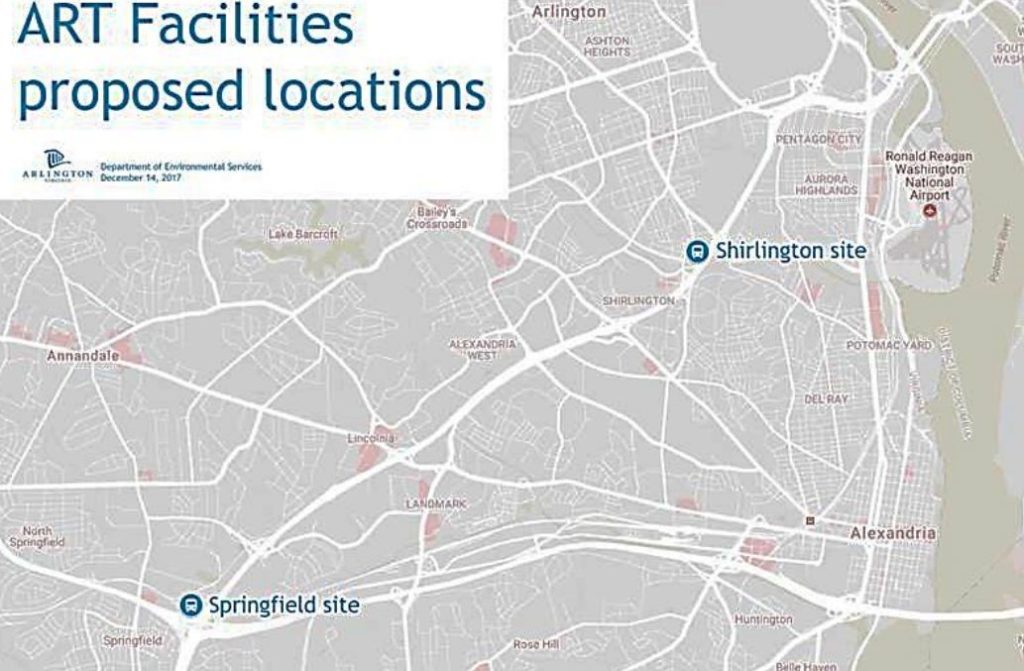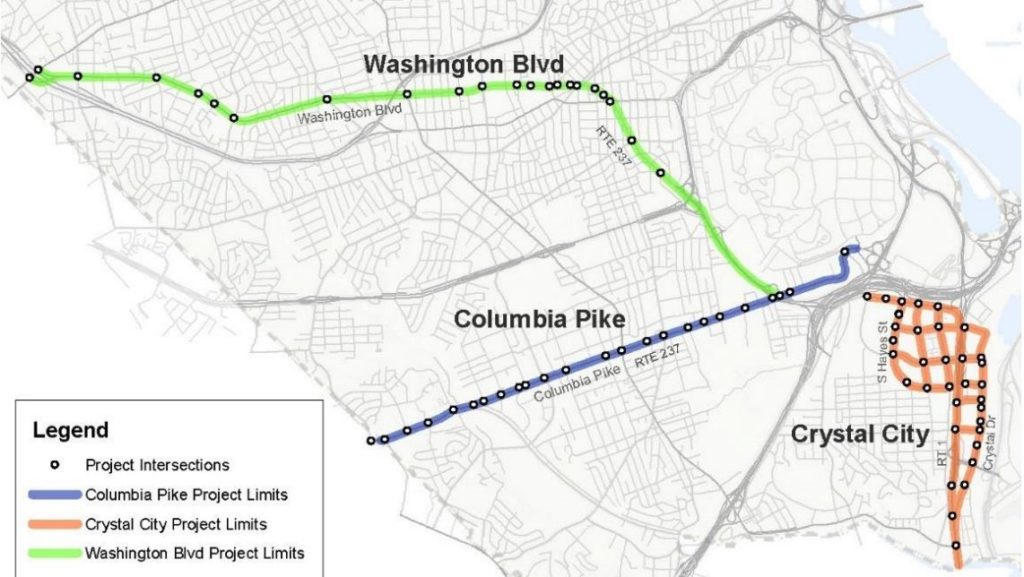A busy street in the East Falls Church neighborhood is slated to get safer crossings for pedestrians and cyclists.
Arlington County has selected N. Sycamore Street between Langston Blvd and 19th Street N. — near the East Falls Church Metro station and not far from the W&OD Trail — as site of a new Complete Streets project. This segment “presents intersection crossing challenges for bicyclists and pedestrians,” according to the project webpage.
The intersection of N. Sycamore Street and Washington Blvd, within the project’s boundaries, was the site of a fatal crash last Wednesday. Prior to the crash, the street segment has seen one serious collision between 2013 and this summer: one with severe injuries in 2019, according to Arlington County crash data.
The webpage for the project went live two weeks ago, says Department of Environmental Services spokeswoman Kathryn O’Brien. County staff will soon solicit public feedback that will be used to develop a concept plan.
“Existing Conditions Feedback will kick off later in November,” O’Brien said. “This feedback, along with other data and planning guidance, will help staff formulate a concept design. Once staff have developed a community-informed concept, that concept will be shared for additional public feedback.”
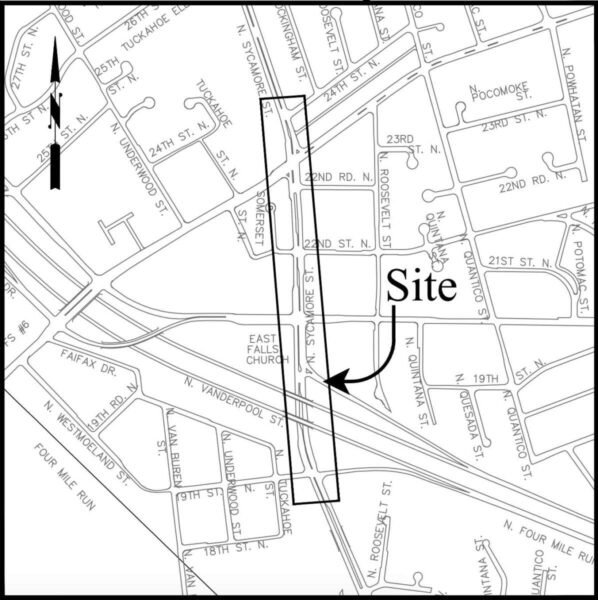
Funding for changes to N. Sycamore Street, first identified as having a need for safety upgrades in 2011, was included in the 2022-24 Capital Improvements Plan adopted this summer. It’s been a long road to get the project on the schedule, however.
Staff developed preliminary plans in 2015 and, in 2016, twice applied unsuccessfully for transportation grants for the 2018 fiscal year, O’Brien said.
In 2017, the county successfully applied for and received $250,000 in Virginia Department of Transportation revenue-sharing funds for the 2020 fiscal year. Then, the pandemic hit.
“This project was deferred as part of the FY 2021 CIP, due to revenue constraints because of COVID,” she said.
Since 2011, staff have studied the street twice and have some hypothetical designs on hand as a result.
In 2015, the county received a grant to study ways to improve pedestrian and cycling access to the East Falls Church Metro station, once a popular station to ride to that is still recovering from the pandemic-era hit to commuting. A new $2 million, 92-spot bike facility to accommodate cyclists made its debut in August 2020.
Four years later, the county received a grant to study a gap in the W&OD Trail, where trail users are routed through Benjamin Banneker Park and residential streets.
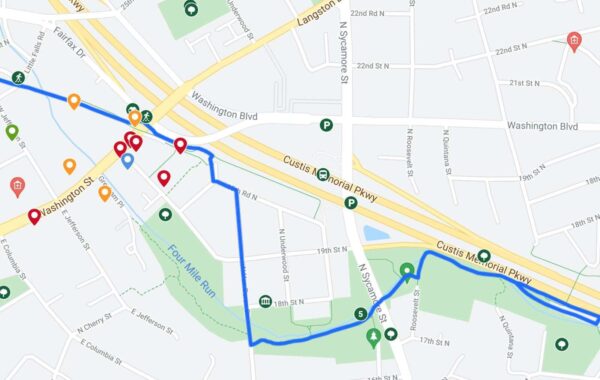
Improved crossings at 19th Street N. could be an interim solution to the gap, according to the project page.
Although this transportation project’s scope is bound by 19th Street N. and Langston Blvd, eventually, the county envisions improved bicycle amenities further up and down N. Sycamore Street.
“The 2019 adopted Bicycle Element of the Master Transportation Plan recommends N. Sycamore Street as an enhanced bicycle facility between Williamsburg Blvd and the East Falls Church line,” the project page says.
Arlington will be coordinating the project with planned stormwater improvements to Crossman Run as well as a project to add bus bays and improve bus circulation at the nearby Metro station.
The project is funded with a mix of Northern Virginia Transportation Authority, local and state funding, plus bond funds.
Hat tip to Stephen Repetski


